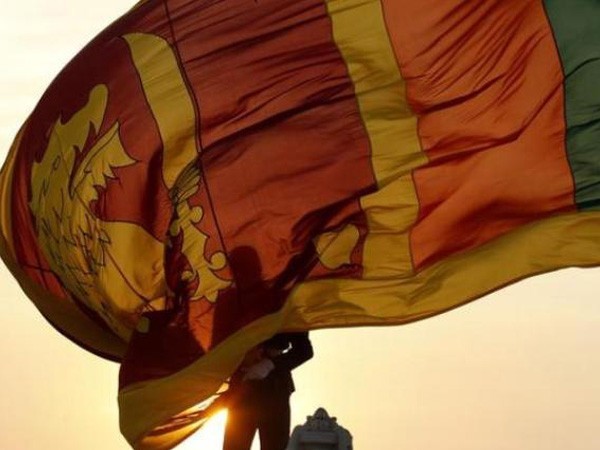China's 'strategic-trap diplomacy' set off Sri Lankan economic crisis: Report


Colombo [Sri Lanka], April 27 (ANI): While economists largely concur that China's debt-trap diplomacy set off Sri Lankan economic crisis, geopolitical analysts believe that the island nation fell victim to a far more dangerous form of foreign policy, that is a 'strategic-trap diplomacy', said a media report.
Asanga Abeyagoonasekera, an international security and geopolitics analyst and strategic advisor from Sri Lanka, has argued that the crisis is the result of an external power intervening in the economy and political space of the island nation.
Notably, the island nation has a severe liquidity crisis with foreign reserves dwindling to a minimum of USD 500 million. Being unable to pay for its large borrowings, Sri Lanka is also facing an insolvency crisis. Further, the country needs to make nearly USD 7 billion in payments on foreign loans this year itself.
However, China accounts for around 10 per cent of Sri Lanka's staggering foreign debt worth around USD 3.38 billion, writes Abeyagoonasekera in ISDP Voices, adding that around 70 per cent of the island's infrastructure projects are constructed by China from its commercial borrowings at a higher percentage with opaqueness.
A debt-trap situation, where the creditor country extends excessive credit to a debtor country with the intention of extracting economic or political concessions when the debtor country is unable to repay its loans, can be demonstrated by Sri Lanka's Hambanthota Port which was taken over by China on a 99-year lease in 2017.
However, several academics have dismissed this idea of debt-trap diplomacy in the Sri Lankan case as being inadequate citing that the Hambanthota Port project was not proposed by China but by the Sri Lankan government and that it was a commercial, not a geostrategic venture.
Notably, strategic-trap diplomacy, where the creditor country not only focuses its assistance on credit and excessive loans but simultaneously intervenes in the nation's human rights, political and security sphere, best explains Sri Lanka's scenario.
According to Abeyagoonasekera, China offers financial loans to trap nations like Sri Lanka and offers human rights protection, support to alter the existing democratic political model towards an autocratic model and military assistance.
China's assistance to the Rajapaksa's political party and support funding demonstrate its intentions to install an alternative to the democratic model, that is, an authoritarian model,
Moreover, as China supported the Sri Lankan regime on human rights concerns, the island nation had to reciprocate by supporting China's human rights concerns in Xinjiang.
Further, a military dimension is added to the strategic trap where China favours a heavily militarized model.
This can be demonstrated by all the Chinese projects that have a long-term strategic design that could comfortably bring a 'hybrid model' of civil-military activity to the country concerned, a security concern for Sri Lanka and the region.
The volume of loans provided by other foreign nations and private commercial loans vis-a-vis that from China is often used as an argument to dismiss the theory of debt-trap diplomacy, however, it cannot dismiss China's strategic-trap diplomacy, writes Abeyagoonasekera.
Though debt-trap diplomacy is a severe concern to developing countries like Sri Lanka, a strategic trap is another concern in many other BRI nations that could fall prey to the same China-manufactured political-economic crisis as Sri Lanka. (ANI)
Source: WORLD
